Behind some of the Beatles’ most iconic visual moments—their band-wide transition to a moppy-haired bowl cut, album covers, stage outfits—was a German artist, musician, and producer named Klaus Voormann. As can be the case with fateful relationships, Voormann and the Beatles’ paths crossed by sheer chance. That happy accident would eventually blossom into a friendship and long-time collaborative partnership between the German visual artist and the quickly rising four-piece from Liverpool.
Videos by American Songwriter
Indeed, if Voormann hadn’t gotten into a lovers’ quarrel with his girlfriend, Astrid Kirchherr, it’s impossible to say whether the Beatles’ legacy would have turned out to be what it is today.
Klaus Voormann Met The Beatles After Fighting With His Girlfriend
Quite a few stars had to align for Klaus Voormann to meet up with the Beatles one fortuitous night in the early 1960s. First, the Beatles had to decide that Hamburg, Germany, was the ideal place to cut their teeth as a rock band for eight hours a night. The future Fab Four became well-acquainted with seedy nightclubs and venues during their time in Europe, helping lay the groundwork for their future endurance, stage personas, and instrumental talents.
Second, Klaus Voormann and his girlfriend, Astrid Kirchherr, had to be fighting on a night when the Beatles were performing in Hamburg. Then, after the quarreling lovers parted ways, Voormann had to decide to explore a rougher neighborhood than he usually frequented. Once there, Voormann had to hear the distant sounds of the Beatles’ rock music wafting up from the cellar venue they were playing. That night, the stars lined up perfectly.
“Astrid [and Klaus] had a row one night, so he’d gone off in a huff,” George Harrison later recalled in Anthology. “He was p***ed off with her, and he came down to this very bad area of Hamburg, where he would never have gone otherwise. He was walking around, and he heard this noise coming out of a cellar. So, he came into the Kaiserkeller, saw us, and thought we were really interesting.”
“He went back and told Astrid and brought her and some of their friends,” Harrison continued. “There were ballet dancers with them. They started coming in on a regular basis to see us. Astrid and Klaus would come in most frequently. They liked our band, and she wanted to photograph us.”
Their Relationship Continued To Grow In The Years That Followed
Klaus Voormann and Astrid Kirchherr weren’t just mega-fans of the Beatles during their early days in Hamburg. Both Voormann and Kirchherr were artists. They had plenty to contribute to a rising rock band in terms of visual aesthetics and branding. Kirchherr was the photographer behind moody photos of baby-faced John Lennon, Paul McCartney, George Harrison, Pete Best, and Stuart Sutcliffe at fairgrounds and on old truck hoods. Her personal style helped inspire their leather-clad stage attire and moppy haircuts.
“Astrid and Klaus were very influential,” Harrison said in Anthology. “I remember we went to the swimming baths once, and my hair was down from the water. They said, ‘No, leave it, it’s good.’ I didn’t have my Vaseline anyway, and I was thinking, ‘Well, these people are cool. If they think it’s good, I’ll leave it like this.’ They gave me that confidence, and when it dried off, it dried naturally down, which later became ‘the look.’”
Years later, after the Beatles had graduated from seedy Hamburg venues to sold-out arenas, Voormann assisted the Fab Four in yet another aesthetic milestone: the illustrated cover of their iconic 1966 album, Revolver. The cover garnered Voormann the Grammy Award for Best Album Cover, Graphic Arts the following year. Voormann also developed a musical relationship with the Beatles, later performing with the Plastic Ono Band. After the Beatles broke up, rumors spread about Harrison, Lennon, and Ringo Starr reforming as the Ladders with Voormann on bass, but those plans never came to be.
Photo by Sammlung Horst Fascher – K & K/Redferns




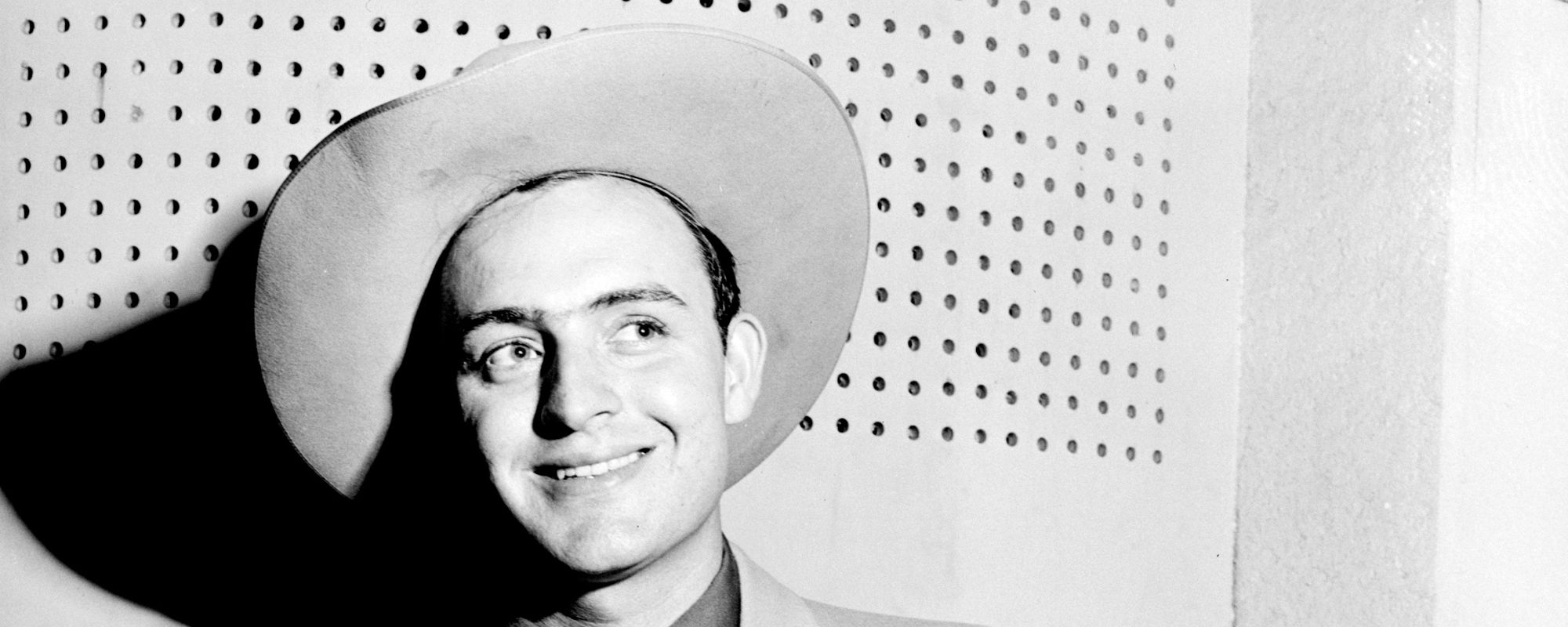

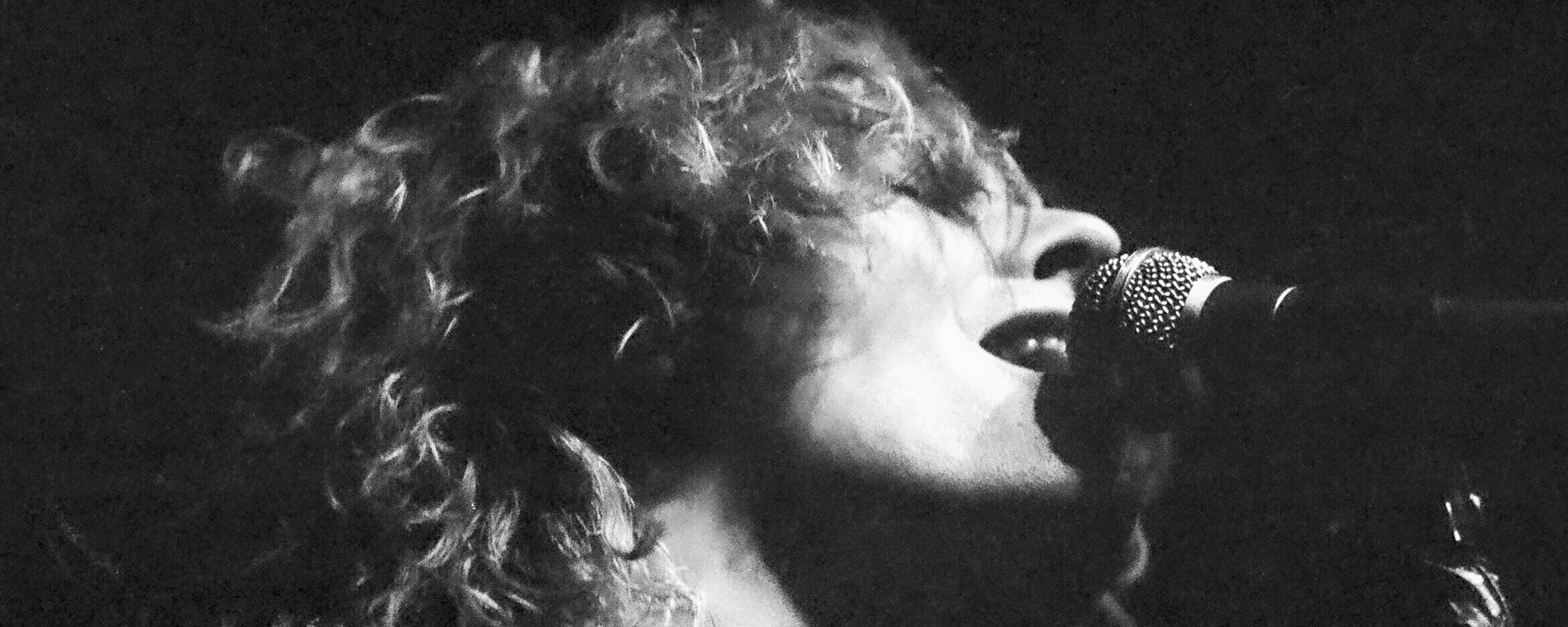
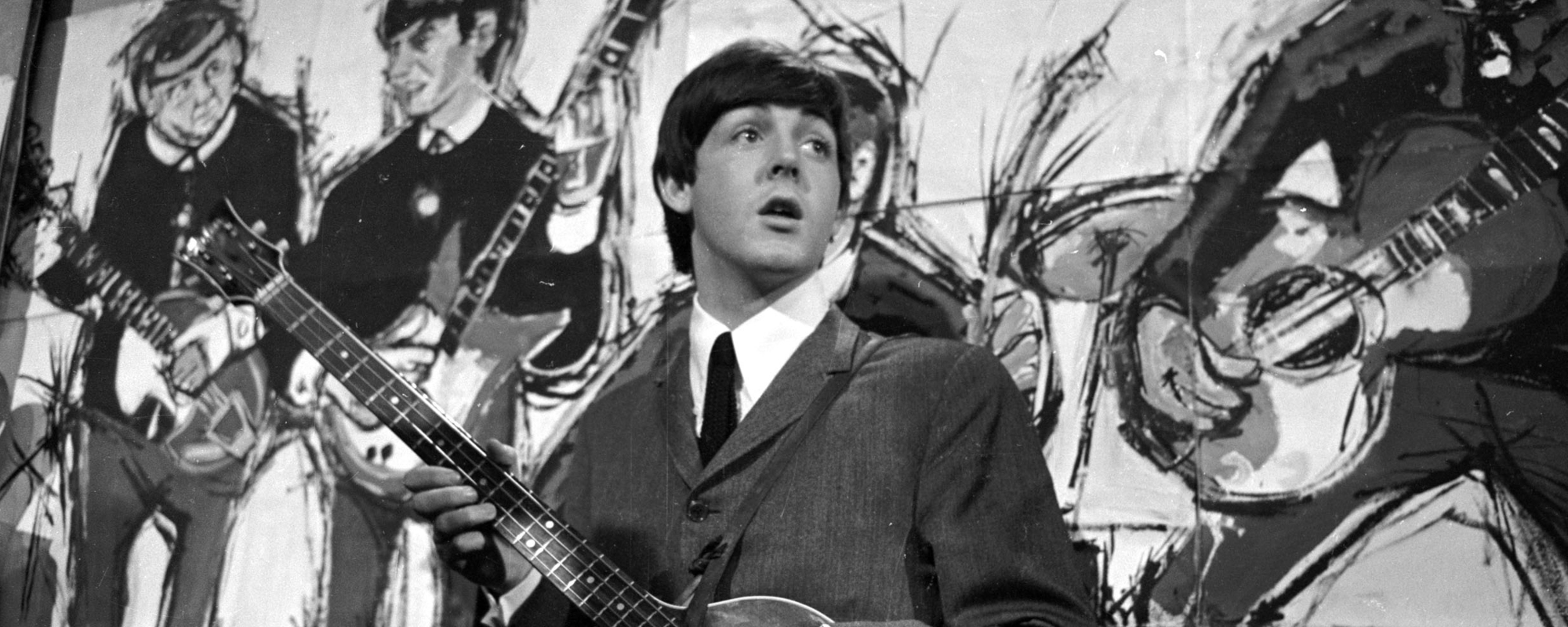
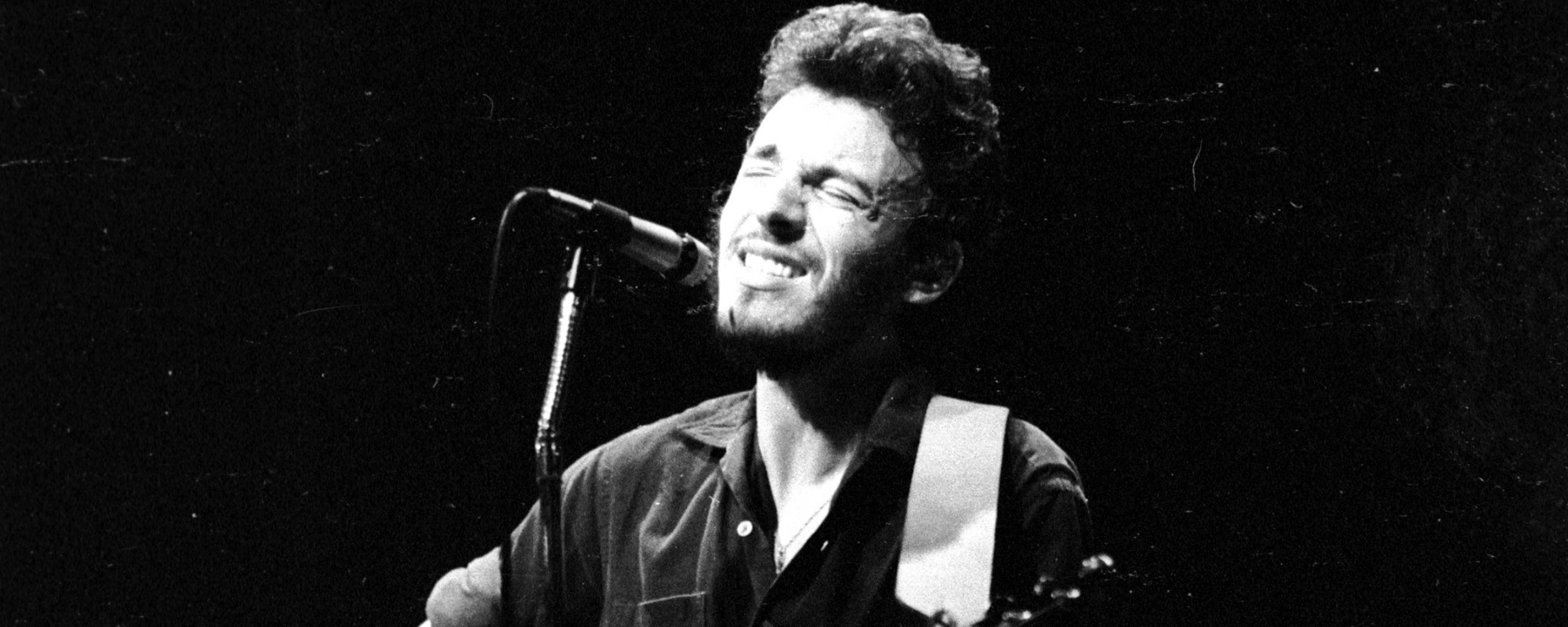

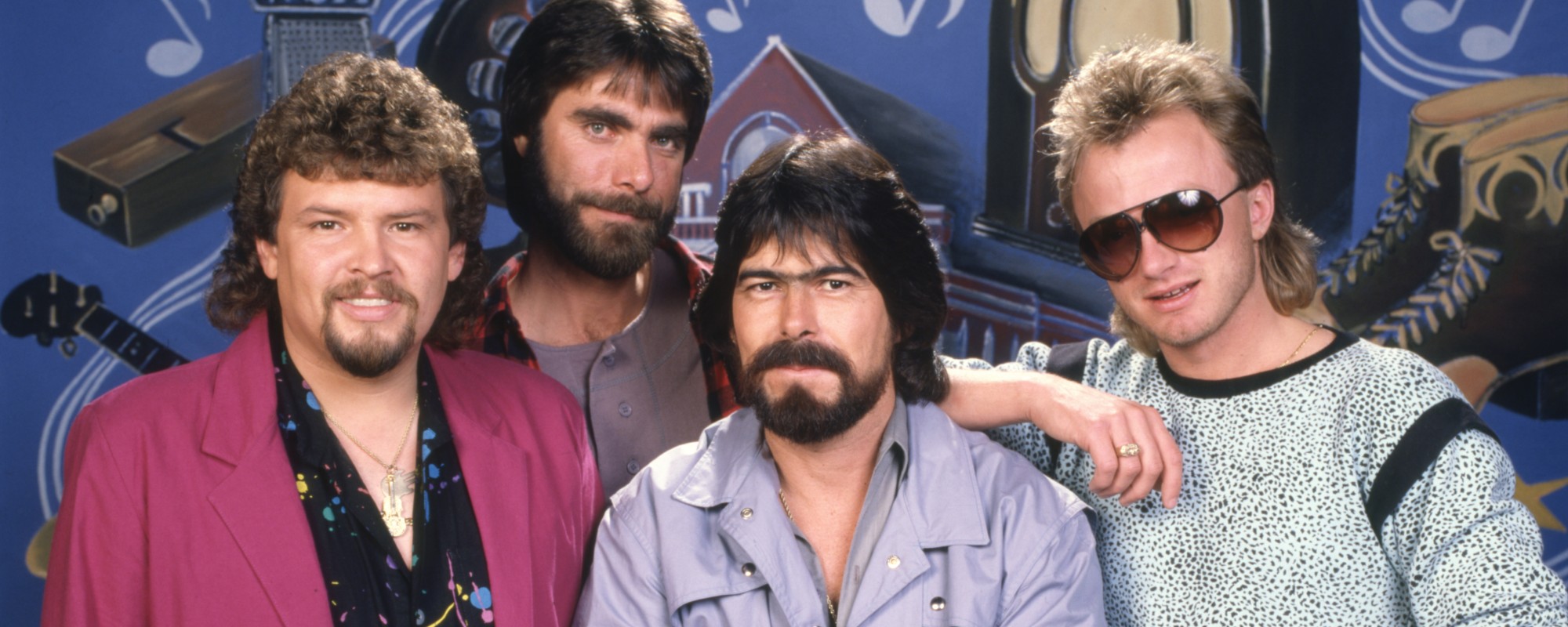
Leave a Reply
Only members can comment. Become a member. Already a member? Log in.